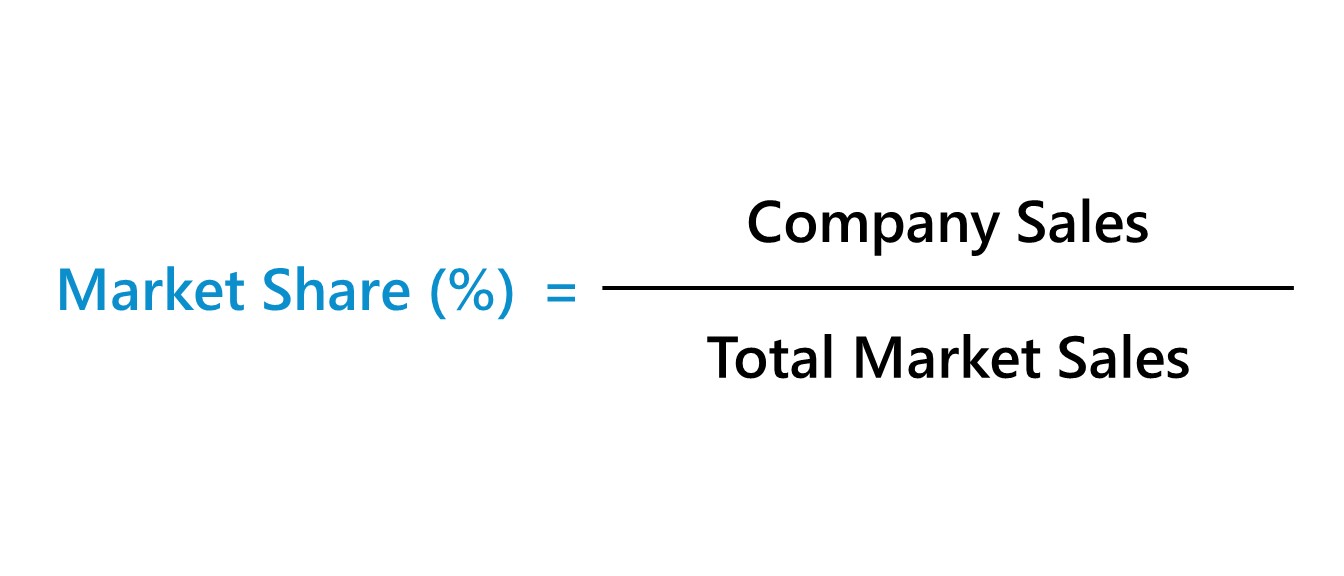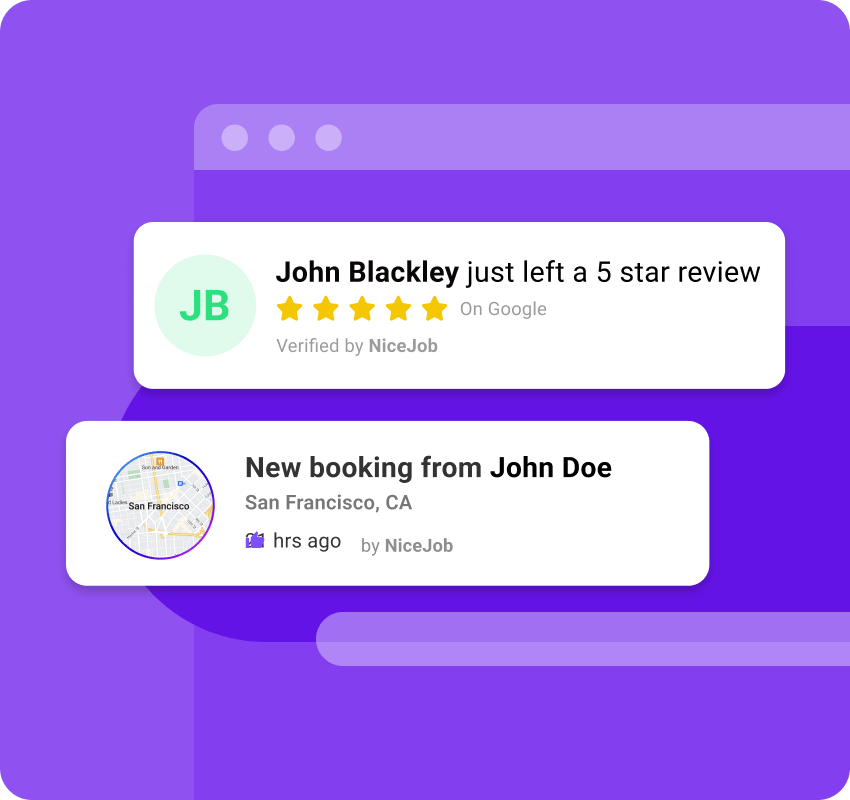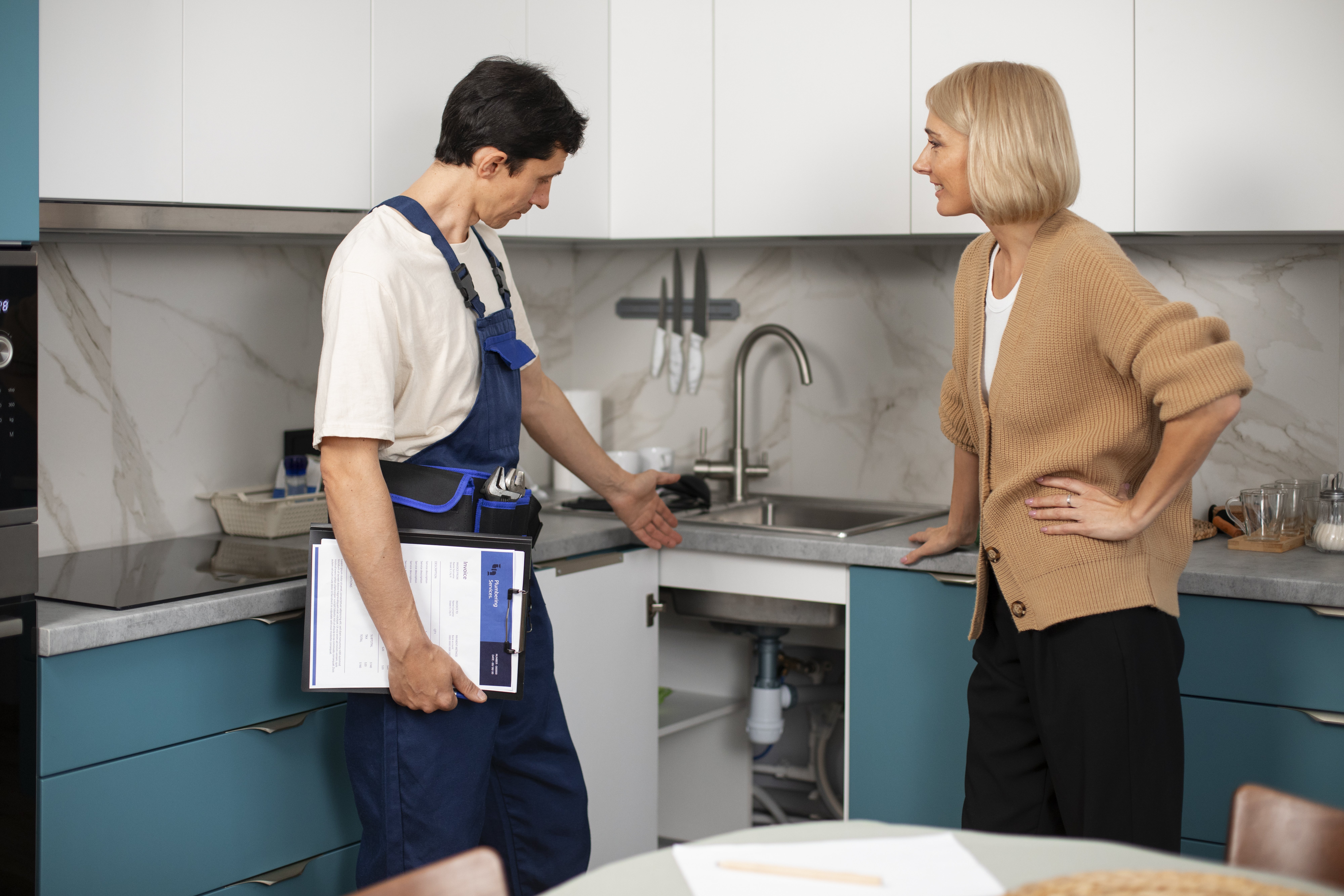How to Outsmart Restaurant Competition with Competitive Analysis
The restaurant industry is a thrilling battleground, with fierce restaurant competition and an estimated $4.4 trillion market by 2028. How can your restaurant rise above the rest and outsmart the competition?
The answer lies in conducting a comprehensive competitive analysis and implementing the insights gained.
In this blog post, we'll show you how understanding the competitive landscape, identifying your core competencies, and making the right location choice can give your restaurant the edge it needs to succeed.
Understanding the Competitive Landscape in the Restaurant Industry
Staying ahead in the restaurant industry requires a thorough understanding of the competitive landscape, which includes factors such as:
-
Innovation
-
Target market
-
Unique selling propositions (USPs)
By gaining a deep knowledge of these factors, you can create a business strategy that sets your restaurant apart and keeps you one step ahead of the competition.
Factors Contributing to Restaurant Competition
But what actually influences the competitive landscape in the restaurant industry? There are a variety of factors, including:
-
Location
-
Pricing
-
Quality of food
-
Level of service
-
Seasonality
-
Menu items
It's crucial to recognize opportunities and discover new ways to make your business even better. This requires a proactive approach to conducting competitive analysis, which will be discussed in the following sections.
The Role of Innovation in Outsmarting Competitors
In the ever-evolving restaurant industry, innovation is the key to success.
By introducing exciting and inventive dishes, enhancing the customer experience, and optimizing operations, restaurants can gain a competitive advantage over their competitors.
Innovative strategies can range from creating unique dishes that introduce fresh takes on old recipes and surprising cultural fusions to implementing cutting-edge technology that streamlines operations.
For example, you can improve the overall customer experience with a reputation marketing platform that revolutionizes the way you request reviews and referrals to free up your time and become top-rated in the process.
Embracing innovation and being open to change allows your restaurant to adapt to the shifting market dynamics and maintain a strong position in your community.
2 Ways to Identify Your Restaurant's Core Competencies
To outsmart your competitors, it's essential to identify your restaurant's core competencies.
These are the unique aspects of your restaurant that set it apart from the competition and give you a competitive edge. By focusing on your core competencies, you can create an exceptional offering that appeals to your target market and keeps them coming back for more.
There are two things you need to do:
1. Assess Your Target Market
Assessing the target market in the restaurant industry is essential, as it helps you determine your ideal customers, understand their needs and preferences, and create effective marketing and communication strategies.
If you want to enhance customer satisfaction, loyalty and revenue, you must cater to your target market's specific tastes and desires.
To identify your target market, start by creating customer or buyer personas. These personas are fictional representations of your ideal customers, providing valuable insights into their demographics, such as age, gender, occupation, and income level.
In a NiceJob interview with David Meerman Scott, an American author and online marketing strategist, he said it best:
If you’re very clear in understanding those different personas, then you’ll be able to create content that will be interesting to them.
2. Evaluate Your Unique Selling Proposition(s)
Your unique selling proposition (USP) is what sets your restaurant apart from its competitors and motivates customers to choose your establishment over others. Evaluating your USP is vital, as it helps inform your business decisions and draws in and retains customers.
By understanding your USP, you can create an exceptional offering that appeals to your target market and keeps them coming back for more.
If you're an Italian restaurant who only sources ingredients from Italy, and other restaurants source theirs from North America, this could be a unique selling proposition.
If you're already a well-known restauranteur or employee a renowned chef who gained popularity from previous ventures, this could also be a unique selling proposition.
Only you intimately know what your restaurant USP can be.
Defining your USP before your restaurant opens is essential for crafting a successful business plan and driving all marketing efforts forward. Whether it's a specific dish, an innovative cooking technique, or an exceptional dining experience, your USP should be at the heart of your restaurant's brand identity.
Conducting a Comprehensive Competitive Analysis
A comprehensive restaurant competitive analysis involves:
-
Listing direct and indirect competitors
-
Evaluating their strengths and weaknesses
-
Identifying opportunities and threats
By understanding the competitive landscape, you can make informed decisions about your restaurant's business strategy and positioning.
In the following subsections, we'll discuss how to list direct and indirect competitors, analyze their strengths and weaknesses, and identify opportunities and threats.
While it may be time-consuming, conducting a thorough competitive analysis will better equip you to develop a winning business strategy that sets your restaurant apart from the competition.
Listing Direct and Indirect Competitors
Direct competitors are businesses that offer similar products and services as your restaurant, targeting the same customers. These competitors are vying for the same market share, making them a crucial consideration in your competitive analysis.
To uncover your direct competitors, do a Google search using keywords that accurately describe your restaurant concept, such as “street tacos near me” or “[type of] cuisine near me.”
Indirect competitors, on the other hand, are businesses that target the same customers but offer different products or services. Although they may not directly compete with your restaurant, they still compete for the same customers' attention.
For example, you might be an Italian restaurant who has a direct competitor that only specializes in gelato (a frozen Italian dessert).
Identifying indirect competitors can be challenging, as they often operate under different service models and offer different types of cuisine. However, recognizing their existence is vital to gain a holistic picture of the competitive landscape.
The number of direct and indirect competitors you should add to your competitive analysis will vary from region to region. You could be dealing with something like three competitors or, in a larger city, be dealing with tens of restaurants that fit the bill.
To ensure a comprehensive analysis, it's best to focus on the most relevant direct and indirect competitors. This will give you a solid understanding of the competitive landscape and help you identify areas where your restaurant can stand out.
Analyzing Competitors' Strengths and Weaknesses
When conducting a competitive analysis, it's important to consider factors such as menu items, marketing tactics, business practices, pricing, and brand positioning.
Menu analysis is particularly beneficial, as it allows you to examine the presentation, contents, or both of your competitors' menus.
Let's say a competitor's online menu is formatted terribly and hard to read on a mobile device. One easy, low-hanging fruit win is to simply ensure that your menu appears beautifully online.
On the other hand, identifying competitors' weaknesses can help you turn them into strengths for your restaurant, ensuring a lasting competitive advantage.
A great example of this is Google restaurant reviews in the context of reputation marketing. One competing restaurant might have hundreds or thousands of reviews and might not be worth going after (at least in the early stages).
However, if there's a restaurant that has a small number or online reviews or if their reviews aren't that great, you can definitely capitalize on reviews as a strategy to outcompete that restaurant and start showing up higher and more often in local searches.
This Company Got 1,330% More Online Reviews
"If you want to grow your business, then you should implement NiceJob."
-Victoria Westcott, Co-Founder, Oak Bay Clean

Identifying Opportunities and Threats
Recognizing opportunities and threats in the restaurant industry is significant because it provides restaurants with the opportunity to uncover areas of possible expansion and areas of that could negatively impact business.
This helps restaurants make educated decisions about their positioning in the market and identify potential areas for growth.
Analyzing available market share is crucial in identifying opportunities for your restaurant. You can calculate your restaurant's available market share by using a simple formula.
Market share is calculated by taking the company's sales over the period and dividing it by the total sales of the industry over the same period.

This calculation can help you identify how much share your restaurant can potentially earn and inform decisions about marketing strategies, menu offerings, and pricing.
Choosing a location for your restaurant based on areas with high concentrations of your target market is another essential factor in identifying opportunities. By selecting a location with a high potential customer base, you can draw in more customers and increase your market share, ultimately giving your restaurant a competitive edge over the competition.
Implementing Insights from Competitive Analysis
Once you've conducted a comprehensive competitive analysis, it's time to put those insights into action.
Keep scrolling to see how you can use the insights from your competitive analysis to enhance your business model, develop effective marketing strategies, and optimize your menu and pricing.
Enhancing Your Business Model
Enhancing your business model is essential for staying competitive and profitable in the restaurant industry.
To take your business model to the next level, consider offering discounts and loyalty programs, introducing new menu items, and leveraging some of the best restaurant marketing software to improve the customer experience.
There are many awesome productivity, customer data, and marketing tools you can use to save time and get the most bang for your buck. For example:
-
Paystone's Gift and Loyalty programs that turn casual customers into long-time diners
-
Beambox's WiFi marketing solution to capture customer contact info to use the internet
-
EZ Texting SMS marketing tool to easily reach customers where they are and increase open rates
Developing Effective Marketing Strategies
Devising effective marketing strategies is essential for drawing in and retaining customers, boosting sales, and standing out in a competitive market.
To ensure your restaurant's marketing strategies are successful, focus on identifying your core competencies, conducting a comprehensive competitive analysis, and choosing the right location for your restaurant.
Revisit those questions about your personas like:
-
What online platforms are they on?
-
Do they dine in more or order in more?
-
How much are they willing to spend on dining experiences?
Getting answers to these questions will help you determine what tools and channels you should consider investing in.
Additionally, leveraging customer feedback and data analytics can help you tailor your marketing efforts to better meet the needs and preferences of your customers, ultimately driving more business to your restaurant.
For more marketing resources for restaurants, check out how restaurants can get more online reviews and how to manage your restaurant's reputation online.
Optimizing Your Menu and Pricing
Optimizing your menu and pricing is essential for a restaurant's success and sustainability. You can significantly boost profit margins, draw in more customers, and provide a cushion during difficult times by carefully analyzing your menu offerings and pricing structure.
Menu engineering, the science of strategically analyzing menu offerings and pricing to maximize restaurant profitability, should be a exercise you don't overlook.
To optimize your menu and pricing, consider calculating the right price for maximum profitability, factoring in food costs, labor, and other expenses.
Strike the right balance between pricing and value, and you can ensure a fair monetary value for your offerings and reduce food waste, ultimately saving money and increasing profitability.
WISK, a restaurant management platform, has a great resource that goes into more detail about optimizing menu prices and even includes a template you can download.
Choosing the Right Location for Your Restaurant
Selecting the ideal location for your restaurant is a critical factor in its success. The right location can help you draw in more customers, boost revenue, and give your restaurant a leg up on the competition.
When selecting the ideal location, think about a number of different factors, including:
-
Complimentary businesses
-
Demographic mix
-
Foot traffic
-
Zoning
-
Rental costs
All should be taken into account when making your decision.
Identifying Potential Locations with High Market Share
Identifying potential locations with high market share can be incredibly beneficial for your restaurant, as it can help you draw in more customers, boost revenue, and give your establishment a competitive edge.
There's a reason downtown strips and main streets are community hubs for restaurants. It's where the people who live there go and where people who are visiting want to be!
To estimate your competitor's market share and identify potential locations, you can revisit the available market share formula we mentioned earlier.
By choosing a location with a high potential customer base, such as areas with high concentrations of your target market, you can maximize your restaurant's market share and increase your chances of success in the competitive restaurant industry.
Overcoming Challenges in the Restaurant Industry
The restaurant industry is filled with challenges, but these obstacles also present exciting opportunities for growth and innovation.
From finding and retaining quality staff to managing rising food costs and adapting to government-imposed regulations, restaurant owners must continuously adapt and evolve to stay ahead of the competition.
The COVID-19 pandemic, in particular, has offered a unique chance to explore innovative solutions for the industry, allowing for rapid and massive changes in the way restaurants operate.
To overcome these challenges, it's essential to adapt to changing consumer preferences and manage operational efficiency.
If you want to know how you can keep your restaurant ahead of changing consumer preferences and increase operational efficiency, ensuring your long-term success in the restaurant industry, keep reading.
Adapting to Changing Consumer Preferences
Adapting to changing consumer preferences is crucial for restaurants to remain current and competitive in the industry. By staying informed about the latest trends, using customer feedback to inform decisions, and leveraging technology to provide an even better customer experience, restaurants can build their brand and ensure customer satisfaction.
To stay ahead of changing consumer preferences, consider conducting market research, analyzing customer feedback, and monitoring industry trends.
NiceJob's reputation marketing platform has features that provide a:
-
Sentiment analysis of your reviews so you can see which positive or negative topics people mention the most
-
Team leaderboard so you can see who on your team is generating the most reviews and receiving the most positive ones.
This is the kind of restaurant management gold that will help you keep up with changing consumer preferences as well as continue doing what you're doing to maintain that stellar restaurant reputation!
Managing Operational Efficiency
Managing operational efficiency is vital for your restaurant's success and profitability. Streamlining processes, utilizing automation, and investing in the right technology can optimize your restaurant's operations and ensure a smooth and efficient dining experience for your customers.
To identify areas of operational inefficiency, analyze your current processes and procedures, evaluate staff performance, and monitor costs. By addressing these inefficiencies and implementing strategies to enhance operational efficiency, you can reduce wastage, maximize productivity, and ensure the long-term success of your restaurant.
Time to get started
In conclusion, staying ahead of the competition in the restaurant industry requires a thorough understanding of the competitive landscape, identifying your core competencies, and choosing the right location for your establishment.
By conducting a comprehensive competitive analysis, implementing insights gained from the analysis, and adapting to the ever-evolving challenges of the industry, your restaurant can outsmart the competition and achieve long-term success.
It's time to embrace innovation, leverage your unique selling proposition, and create an exceptional dining experience that keeps your customers coming back for more.
The stage is set — are you ready to rise above the competition?
Ready to Stand Out from Local Competitors?
Discover the power of effortless review generation and watch your business soar to the top of local rankings.
Get 4x More Reviews




